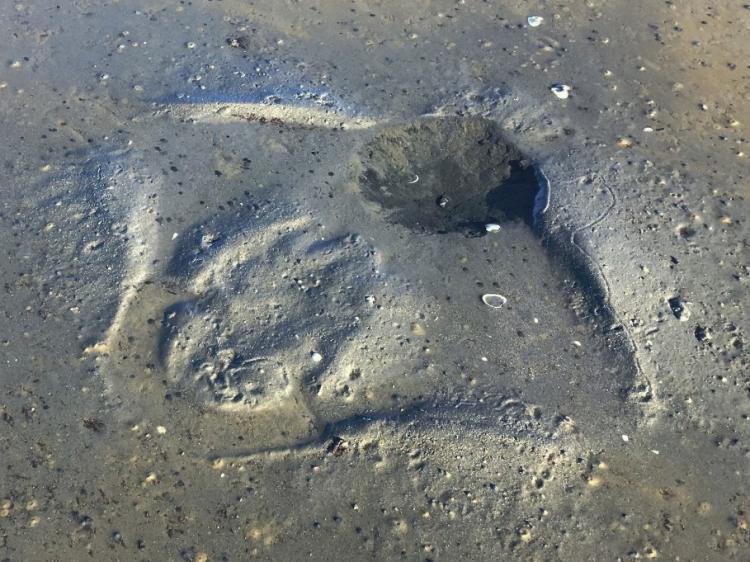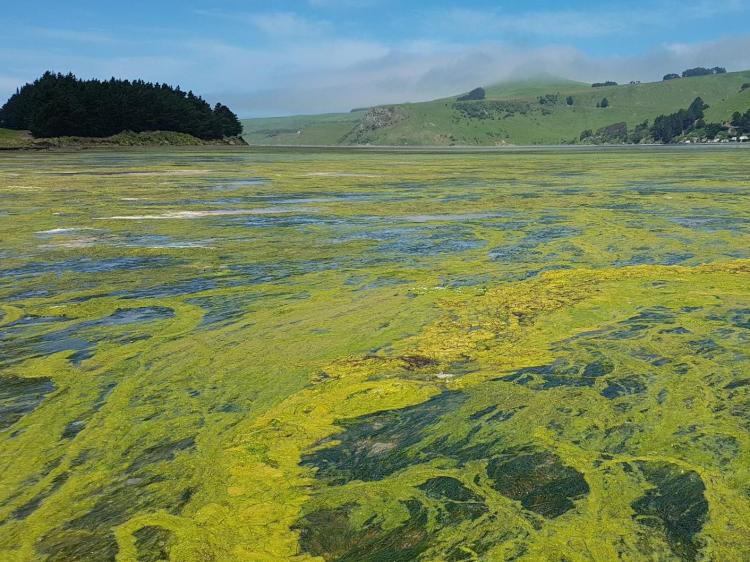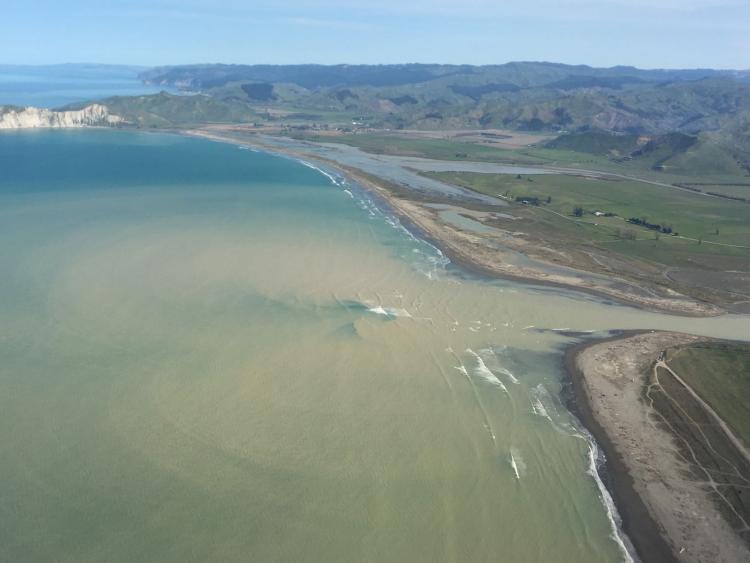Posted on 13 October 2019
New ways of defining seafloor resilience
- News
- Cumulative effects Improving ecosystem health Dynamic Seas National Academic publication
- 3 Minutes to read
A recent publication from the Tipping Points project identifies the factors that characterise how resilient a seafloor ecosystem is to change caused by stressors or disturbances.
Coastal and marine environments are affected by human activities and natural events. The rate of ecosystem degradation is a balance between the magnitude of disturbances or stresses imposed and the resilience of the ecosystem and the organisms in it. The cumulative effects of disturbance can fragment and degrade habitats, reduce species diversity, and cause rapid loss of ecosystem function and services.
In this opinion piece, the researchers consider attributes of individual organisms, populations and communities on the seafloor and how they confer resilience to disturbance, preserve function and/or enable recovery. The outcome for an environment depends on its resilience attributes, as well as the type of disturbance, how often it occurs, its intensity and the size of the area affected. (Images below show different types of disturbance).
Their work suggests that the attributes of individual species increase resistance to disturbance, while those of a population or community influence recovery. For example, if an individual species is highly mobile and has a hard body it may be more tolerant to a disturbance, such as trawling on the seafloor. At a population scale, if a species is prevalent in an area, has speedy reproduction and short time to maturity, it will be more likely to recover from disturbance than those that are rare and reproduce slowly.
“The paper presents a new, holistic way of applying concepts of resilience,” says lead author Dr Rebecca Gladstone-Gallagher.
Research on resilience is key to the success of ecosystem-based management (EBM). It increases our understanding of how New Zealand seafloor ecosystems might respond to future changes, and what actions can be taken to increase resilience.
“Better understanding of the attributes that characterise a resilient ecosystem means that marine managers can focus decisions around building resilience to prevent loss of the important ecosystem functions and services on which humanity relies,” says Rebecca.
Journal article
Gladstone-Gallagher RV, Pilditch CA, Stephenson F & Thrush SF (2019). Linking Traits across Ecological Scales Determines Functional Resilience. Trends in Ecology and Evolution. DOI: 10.1016/j.tree.2019.07.010
Images of coastal disturbance
Disturbances in the coastal zone from natural events (top) or human activities (middle and bottom).

Disturbances in the coastal zone include natural events, such as predation by an eagle ray. Credit: Helen Cadwallader

Disturbances that have been exacerbated by human activities in the catchment, such as algal blooms from nutrient runoff. Credit: Candida Savage.

Disturbances that have been exacerbated by human activities in the catchment, such as sediment. Credit: Drew Lohrer.